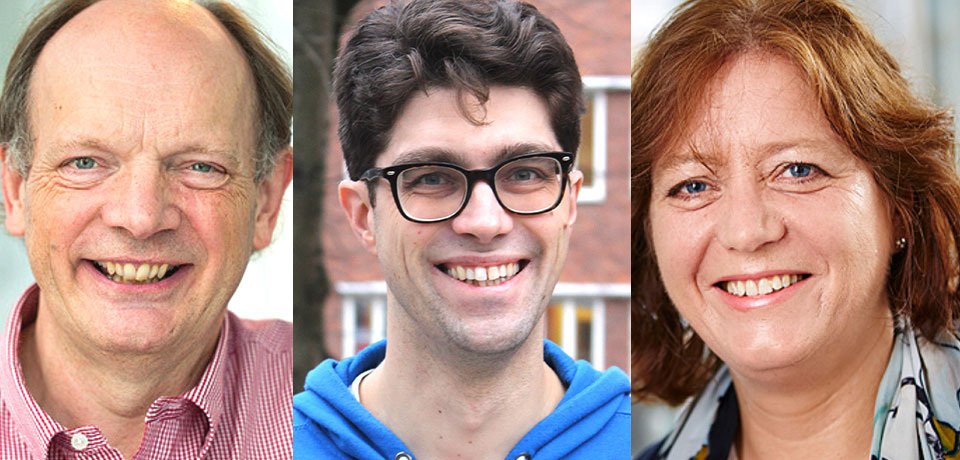Michael Landreh, David Lane, Sonia Lain, and co-workers publish in the Journal of Physical Chemistry Letters

How can certain compounds generally protect proteins from unfolding and aggregation? A new study by Michael Landreh, David Lane, Sonia Lain, and co-workers sheds light on the mechanism behind a prominent example of these “chemical chaperones”. The molecule, Trimethylamine-N-oxide (TMAO), enables some marine organisms to live under conditions that would otherwise destroy their cells, and can even protect unstable human proteins like the tumour suppressor p53.
Landreh, Lane, and collaborators from Uppsala, Oxford (UK), and Christchurch (NZ) used mass spectrometry to measure the binding of TMAO to proteins in the absence or the presence of chemicals that cause protein unfolding and deactivation. Strikingly, TMAO was found to protect the proteins by pushing these chemicals away from the protein surface, acting like a “shield” against their detrimental effects. These insights can potentially lead to new ways to protect unstable proteins that would otherwise unfold and cause cancer or neurodegeneration.
The study “Mass Spectrometry Reveals te Direct Action of a Chemical Chaperone” was published in the Journal of Physical Chemistry Letters.
Publication
Joseph Gault , Danai Lianoudaki, Margit Kaldmäe, Nina Kronqvist, Anna Rising, Jan Johansson, Bernhard Lohkamp, Sonia Laín, Timothy M. Allison, David P. Lane, Erik G. Marklund, and Michael Landreh. Mass Spectrometry Reveals the Direct Action of a Chemical Chaperone.
J. Phys. Chem. Lett., 2018, 9, pp 4082–4086 DOI: 10.1021/acs.jpclett.8b01817
More Information
